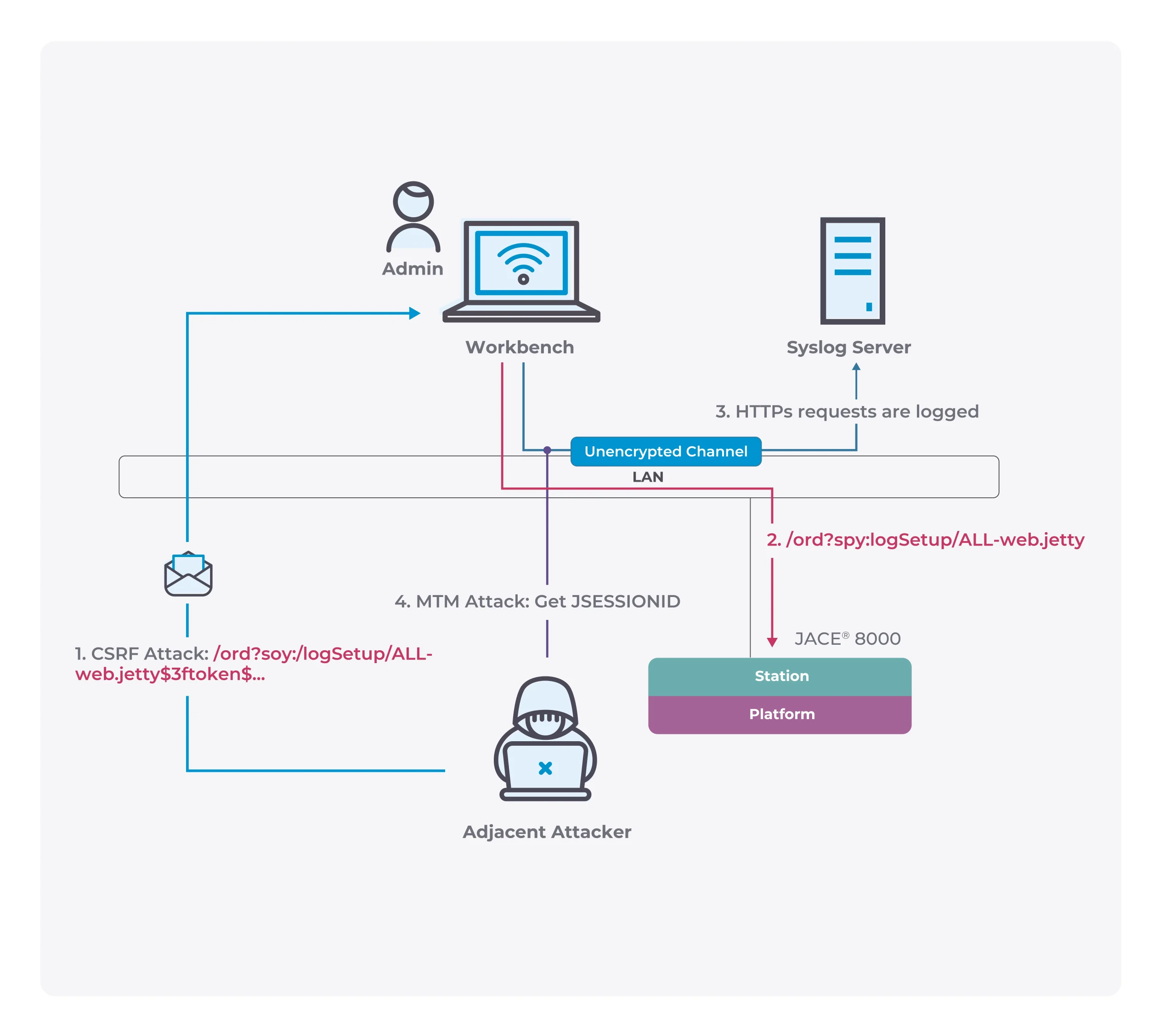Samsung demonstrates the world’s first in-memory computing based on MRAM
The research was led by Samsung Advanced Institute of Technology (SAIT) in close collaboration with Samsung Electronics Foundry Business and Semiconductor R&D Center. The team was led by Dr. Seungchul Jung, Staff Researcher at SAIT, and the co-corresponding authors Dr. Donhee Ham, Fellow of SAIT and Professor of Harvard University, and Dr. Sang Joon Kim, Vice President of Technology at SAIT.

“Samsung Exynos Packaging” by minimalist ㅤ, Wonchan Lee is licensed under CC BY-NC-ND 4.0
In modern standard computer architecture, data is stored in memory chips and data computations are performed in processors. In contrast, in-memory computing is a new way of computing designed to perform both data storage and data computation in an in-memory network. Since this solution can process a large amount of data stored in the memory itself without data transmission, and the data processing in the memory will be performed in a highly parallel manner, power consumption will be greatly reduced. Therefore, in-memory computing has become one of the most promising technologies for realizing the next generation of low-power artificial intelligence semiconductor chips.





